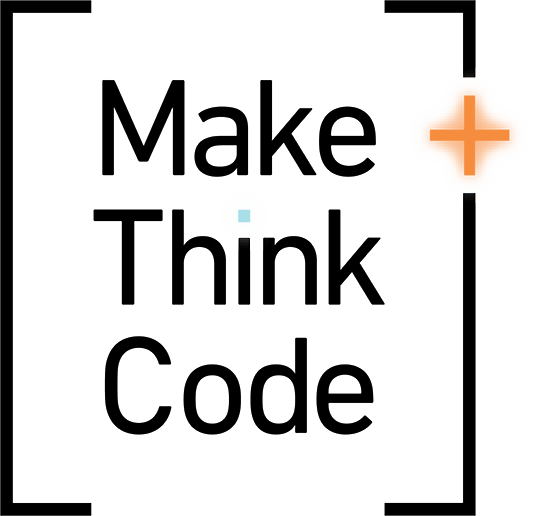
A lecture by Brooke D. Simmons, Einstein Fellow Center for Astrophysics and Space Sciences University of California - San Diego
Monday, 7 May 2018, 7:00 pm
Mediatheque (1st Floor)
Pacific Northwest College of Art
511 NW Broadway, Portland, OR 97209
The lecture is free and open to the public. It is co-sponsored with the Columbia-Willamette chapter of Sigma Xi.
It has become clear over the last decades that super-massive black holes coevolve with the galaxies that surround them. But just how has this growth and co-evolution taken place over 8 billion years? Using Hubble Space Telescope and Sloan Digital Sky Survey data, Dr. Simmons identified galaxies that have had a completely calm history, yet have black hole masses of up to 107 solar masses. In this talk, Dr. Simmons will also demonstrate the Zooniverse project builder, based on the Galaxy Zoo project which contributed to her research findings - a highly cited project that mobilizes the public to visually classify galaxies.
After the talk, we will have a reception with snacks and beverages and view the wonderful visuals students have created for the Sensing the Environment project.
We will also meet with Dr. Simmons in the lab at 3:30 to summarize our progress with the bird calls and air pollution monitors and she will help us strategize how to use crowdsourcing for data identification in our project.
